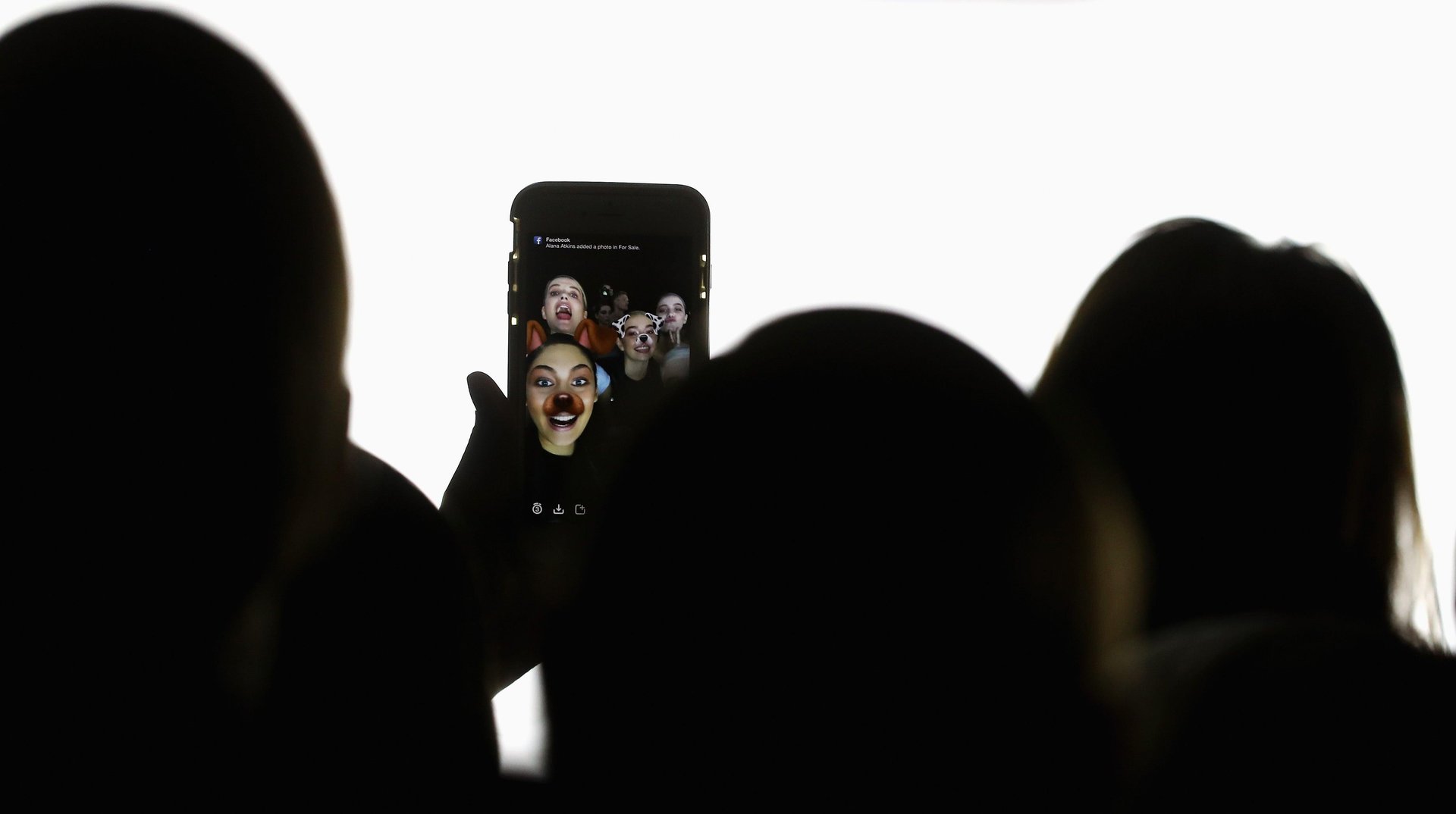How Snapchat is sneaking its way into the streaming wars
Snap's new subscription feature could be the perfect gateway into its growing original filmed content arsenal.

Snap’s bet on subscriptions is already paying off. The company announced that just six weeks from the launch of Snapchat+, the service has already garnered over 1 million users paying $3.99 a month for the service. The subscriber update was slipped into an announcement of new Snapchat+ features, which include higher visibility to influencers and early access to experimental features.
Almost all of Snap’s revenue comes from advertising. But in the wake of recent ad-tracking changes by Apple—and a generally skittish advertiser market due to recession concerns—Snap has been compelled to consider new ways to generate cash. Enter Snapchat+.
A Hollywood cautionary tale will benefit Snap as its studio arm grows
Although Quibi is now considered a Hollywood punchline, the ill-fated startup running on $1.75 billion nevertheless was based on a solid idea: short-form video formatted for mobile devices and targeting Gen Z viewers. If you take the name out of the equation, what you have with the aforementioned startup is an accurate description of what Snap Originals embarked upon back in 2016.
Populated with a mix of docuseries, reality shows, and scripted content, Snap Originals has amassed an impressive roster of talent including Ryan Reynolds, Will Smith, Kevin Hart, Danny Trejo, and Kristen Schaal. Most recently, the Snap Originals team launched shows starring rapper Megan Thee Stallion and TikTok star Addison Rae, both pulling in 16 million viewers each this year, with another new show from Olympic champion Simone Biles coming later this year.
Episodes from the various series average about five minutes and the production values go from handheld smartphone quality to polished television show pedigree. As of now, Snap Originals are free to watch, but that could change if the Snapchat+ subscription option continues to succeed with users.
Snap has something none of the leading streamers have
Proof that Quibi was laser-focused on Snap’s mobile video approach was shown when the startup hired former Snap vice president of product Tom Conrad to be its chief product officer. Many have chalked up Quibi’s failure to the pandemic, which stifled the mobility for many users who might have otherwise watched its shows on the go. But what the company’s founder, Jeffrey Katzenberg, didn’t have was Snapchat’s installed user base. At the same time Quibi stumbled during lockdowns, Snapchat thrived because of its preexisting network.
Unlike its rivals up north, Snap is based in Los Angeles and has prided itself on maintaining a close relationship with social-media influencers and Hollywood studios. Pivoting to prioritizing its Snap Originals business would require less effort than, say, Apple, which is rushing to build a Los Angeles studio to further its original content efforts. And while Apple is focused on collecting more Oscars, Netflix, the only tech-native streamer headquartered in Los Angeles, has begun ramping up efforts to produce short-form, mobile device-friendly content, just like Snapchat.
If Snap can get just a fraction of its app users to adopt Snap+, as it begins folding in subscription-exclusive shows into the service, it could eventually be better positioned to capture the Gen Z mobile viewer gold mine that has so far eluded every company from Quibi to Netflix.
